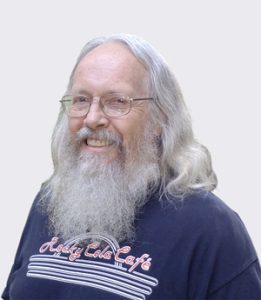In Glendale, Street Racing Duesenbergs Dominate
Today, the street racers of Glendale are seen in hot BMWs, Bentleys and Corvettes. But in 1915, Duesenberg was the fastest car on the streets of Glendale. We’re talking about the big 1915 Glendale road race, the first and only official professional road race ever held in downtown Glendale.
I wrote about this famous race last week. The course started on Brand Boulevard and ran counterclockwise from Colorado Boulevard to Glendale Avenue then along California Avenue to Brand. Fifty-three laps totaling 100 miles. The race was scheduled for Jan. 30, and a practice was set for the 27th, with 12 cars running the course.
Tom Alley in one of the Duesenbergs was a crowd favorite, both for holding the world record for 100 mile courses and for his “fair and square manner.” An Alco turned in the two fastest practice laps, hitting 70 mph on Brand Boulevard and Glendale Avenue straightaways. There was one Glendale-based car, a 90hp Isotta Fraschini entered by the Ruswender Brothers Garage. The course was rough on the Glendale Avenue straightaway because of the recent work on the Glendale and Montrose Railway tracks, which ran down the street’s center.
But as I wrote last week, it poured rain on the night of the 29th, and the race was delayed until Feb. 3. That was a weekday, so only 5,000 spectators showed up, a fifth of what was hoped for.
Eleven racers showed up at the starting line in front of grandstands on Brand near Colorado. Famed racecar driver Barney Oldfield flagged the start of the race. The cars were started in pairs, 10 seconds apart.
Two Duesenbergs started the pack and never gave up the one and two spots. Crowd favorite Tom Alley in a third Duesenberg bent an axle almost immediately after crossing the starting line. Huntly Gordon (grandfather of NASCAR racer Robbie Gordon), in his custom Gordon Special, was especially aggressive, passing on the outside in some turns. He paid for his greater speed though by overrunning the corners several times, and having to hit his brakes hard. The result was that, by the 17th lap, he lost his brakes entirely and retired. The Glendale entry, the Isotta Fraschini driven by Harry Reynolds, had suspension problems. He was forced to stop five times to “apply a crowbar” to his leaf springs, but to no avail. He lost control on the 12th lap and spun out into the hay bales. He tried to continue but was called off the course after one lap by officials who deemed him a danger to the other drivers.
Gaston Morris in a Renault had numerous problems. He was running third after the two Duesenbergs but on the 16th lap he overshot a turn and scattered a crowd of spectators. The announcer shouted, “Man overboard!” Amazingly no one was injured. On the 27th lap, the Renault blew a tire, and Morris’ crew set a new record for a tire change at a race, a blistering 10 minutes. On the 47th lap, a wire holding a banner across the course blew down and the wire caught Morris in the face, cutting his cheek open. Despite all this he did finish the race.
An Alco car also blew a tire but managed to finish the race. A Marmon car had been in third behind the Duesenbergs but blew a water pump on the 48th lap. A Ford left the race after only 10 laps as being just too slow to compete.
The race was won by the Duesenberg driven by Eddie O’Donnell. His total time for the 100-mile course was 2 hours and 7 minutes for an average speed around the course of 48 mph. (That speed today with Glendale traffic would be impossible!)
Just like the Indycar race circuit today, these racers continued to race at various tracks around the country in 1915. The next race was at Ascot in East LA, followed by San Francisco, Venice, Tucson and on across the country. But for unknown reasons, professional racing never returned to Glendale. Glendale street racing became the realm of just amateur racers, as it remains today.

president of the Historical
Society of the Crescenta Valley
and loves local history.
Reach him at lawlerdad@yahoo.com.
